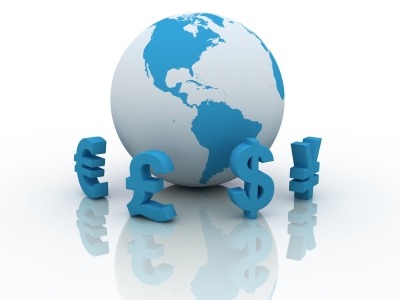Factors Affecting the Forex Market
The exchange value of a currency, or the rate of exchange, fluctuates with changes in demand and supply. The factors which affect the demand for and the supply of a currency are many and varied. There are some factors which operate in the short period and have influence on day-to-day- fluctuations in rates of exchange. The commercial and financial relationship between trading countries is now extensive and payments on various accounts fall, due for early settlement. These payments constitute the short-term demand and supply in regard to currencies. There are, however, changes in currency and credit conditions and political and industrial conditions which have their influence on exchange rates only in the long period.… Read the rest


